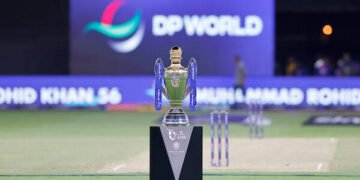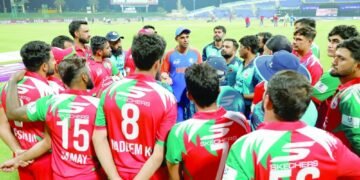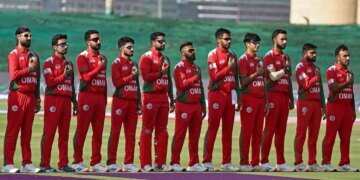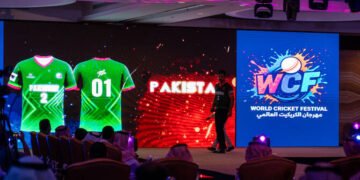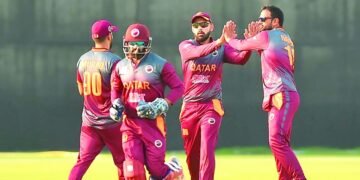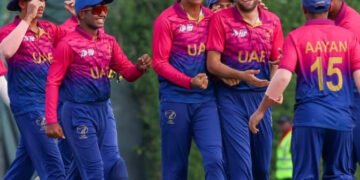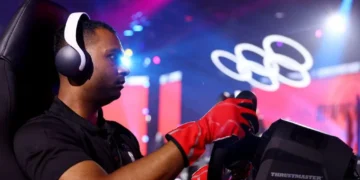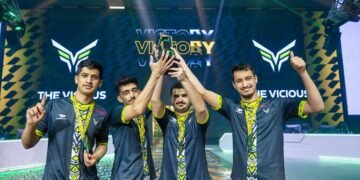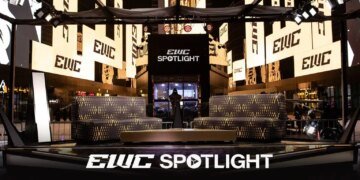In Saudi Football, the Real Goal Is Influence
Saudi Arabia’s recent push into the upper echelons of international football through a sweeping privatisation programme tells a story far bigger than the sport itself. The kingdom is leveraging its burgeoning football sector to advance its ambitious national reform agenda, Vision 2030, using sport as a vehicle for both economic diversification and soft power projection.
This past quarter, three Saudi football clubs — Al-Ansar, Al-Kholood and Al-Zulfi — made headlines as they became the latest to transfer ownership into private hands. These are part of the government’s ongoing plan to privatise six clubs initially, with another eight to follow in due course, though no specific timeline has been confirmed.
Ownership of Al-Zulfi Club has gone to Nojoom Al-Salam Company, while Al-Ansar Club has been acquired by the Oudah Al-Baladi & Sons Company. These companies’ interests extend beyond the pitch, mainly into real estate development and entertainment, demonstrating that football in Saudi Arabia is increasingly viewed as a gateway to broader commercial ecosystems.
The most internationally significant deal in this wave is arguably that of Al-Kholood, which was sold to the United States’ Harburg Group — making it the first Saudi football club to be foreign-owned. Harburg Group already maintains a stake in Spain’s Cádiz CF, and its entry into the Saudi market suggests the emergence of a multi-club ownership model akin to those seen globally. This development is widely seen as a strategic endorsement of the country’s shift toward a commercially viable sports sector.
That the Harburg Group was chosen is also indicative of the kingdom’s calculated efforts to adopt international legitimacy. Its founder, Ben Harburg, has a track record of international investment, ties to Asian markets, and has expressed interest in sustainable energy as well as Arab-Israeli normalisation — positions aligned with Saudi Arabia’s broader diplomatic goals.
The privatisation of football clubs plays a key role in Riyadh’s wider strategy. It’s not simply about improving matchday revenues or developing players; it’s about positioning football as a medium through which Brand Saudi Arabia is exported globally — modern, competitive, diversified.
Yet, performance on the pitch still matters. Many of the privatised clubs — like Al-Kholood and Al-Zulfi — hail from smaller towns and lack a storied past in domestic football excellence. Historically, the dominant forces have been clubs like Al-Hilal, Al-Ittihad, and Al-Nassr, rooted in the metropolitan powerhouses of Riyadh and Jeddah. These clubs have long carried the flag for Saudi football in international competitions.
The Ministry of Sports now faces a crucial decision: Is the aim to bring smaller clubs up to par in terms of management competence and competitiveness, or to fundamentally alter the competitive landscape so that more clubs can realistically compete for titles in the Saudi Pro League?
The answer is significant — not just for sport but for governance. In the Saudi model, the football field has become a testing ground for the state’s hybrid approach to reform. The privatisation drive began in 2015 and diverges sharply from Western precedents like the UK’s Thatcher-era sell-offs. Instead of complete divestiture, the Saudi government retains a golden share in clubs, reflecting an economic model that blends market discipline with strategic state oversight.
Landmark clubs such as Al-Hilal epitomise this duality. Owned in large part by the Public Investment Fund (PIF) since 2023, Al-Hilal is more than a football club — it is a national symbol. With ten league titles and four Asian Champions League trophies, the club represents success, glamour, and international prestige, qualities the kingdom is keen to showcase as it reshapes its image abroad.
Football’s reach into national priorities is further underscored by the level of state coordination involved in these privatisation deals. Clubs like Al-Ettifaq, Al-Qadsiah, and Al-Diraiyah have been transferred to state-owned giants such as Aramco, the Ministry of Sport, and the Diriyah Gate Development Authority. These moves ensure that while ownership may be shifting, the state’s role as football’s guiding hand remains strong.
What emerges is a nuanced, semi-privatised model of football governance aligning with Saudi Arabia’s broader transformations. Beyond match results, the real scoreboard will track metrics like foreign investment secured, cultural perception improved, and economic activity ignited.
Saudi football now reflects a broader narrative: transformation from within, empowerment of peripheral regions, and projection of a powerful, reform-driven image abroad. The pitch has become a platform — and in this game, influence, not just goals, is the primary objective.
Team V.DIR-EM-UAE




